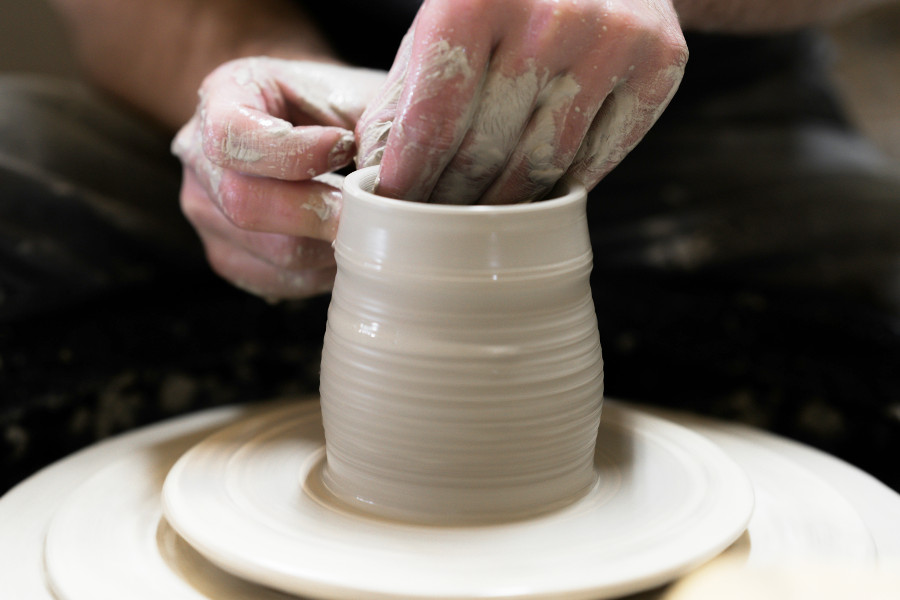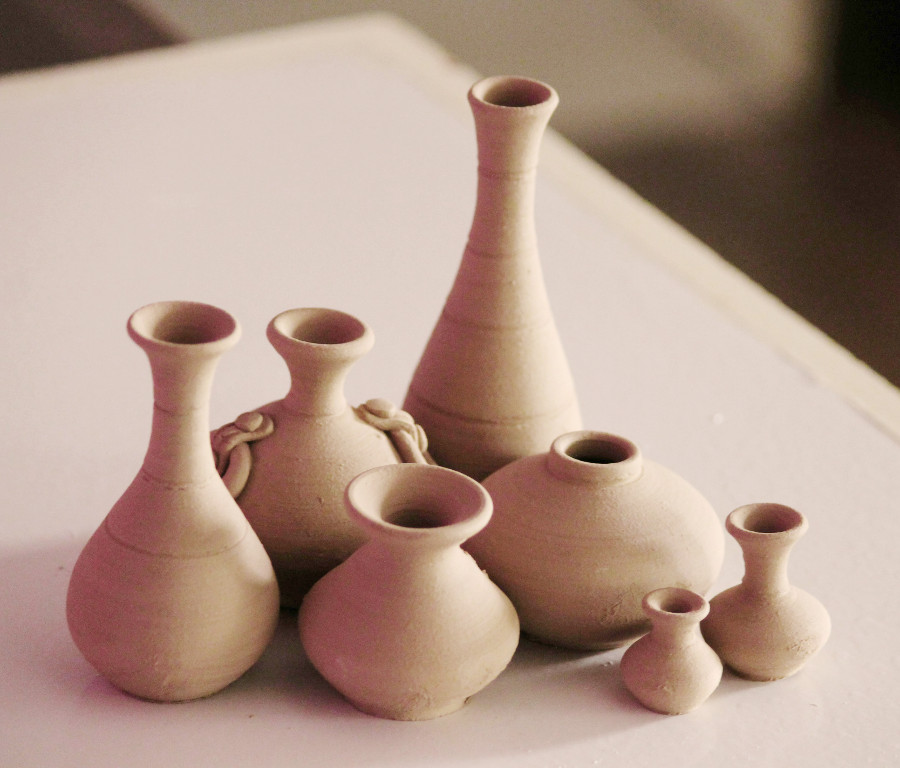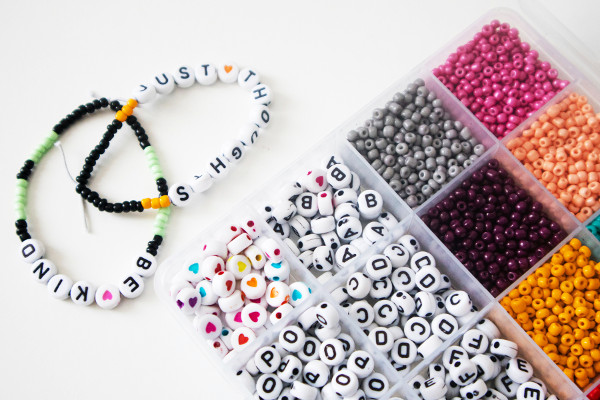How to Take a Pottery or Ceramic Class as a Beginner: Tips, Tools, Techniques and Benefits
Are you curious about taking a pottery or ceramic class but not sure where to start? Whether you’re a complete beginner or looking to refine your skills, this guide answers the 15 most common questions people ask before diving into the world of clay. From what to expect in your first class to tips on finding the right studio and exploring different techniques, this comprehensive FAQ will help you get started on your creative journey with confidence and excitement.

What should I expect in a pottery or ceramic class?
Taking a pottery or ceramic class is like stepping into a world where creativity meets mindfulness. You'll start by learning the basics – shaping clay with your hands or using a potter's wheel. Expect to experiment with different techniques, like coil-building, slab construction, and wheel throwing. The journey doesn't stop there; you'll learn how to glaze your creations and discover the intricacies of firing pottery. As you progress, you'll build confidence and maybe even find a special connection with the material. Each piece you create will be a little more personal and meaningful as you gain new skills and insights from your instructor and classmates.
How do I find a pottery or ceramic class near me?
Finding a pottery or ceramic class near you is easier than you think. Start with a simple search online – Google, Yelp, or even social media can point you to local studios or art centers offering pottery workshops. Don’t be shy about asking around; friends, family, or even coworkers may know of hidden gems in your area. You can also look for community centers or local universities offering evening or weekend courses. And if you're feeling adventurous, check out platforms like Meetup or Eventbrite for pottery classes or pottery-making events near you. The best part? You’re bound to discover a welcoming community of fellow clay lovers.
What are the benefits of taking a pottery or ceramic class?
A pottery or ceramic class offers a break from the noise of everyday life, allowing you to reconnect with yourself through a hands-on, creative process. Working with clay can be meditative – it’s a great way to reduce stress, clear your mind, and escape the fast pace of modern living. The tactile nature of the craft helps you stay present and focused on the task at hand. Plus, there’s something deeply satisfying about creating something beautiful with your own hands. Whether it’s functional pottery or abstract art, you’ll leave each class with new skills and a sense of accomplishment.
Do I need any prior experience to take a pottery or ceramic class?
Not at all! Pottery and ceramic classes are perfect for beginners. They’re designed to teach you the fundamentals of working with clay, and many studios cater specifically to people who are new to the craft. The classes begin with the basics: how to handle clay, simple shaping techniques, and an introduction to the potter's wheel. Instructors are usually patient and encouraging, helping you explore and learn at your own pace. There’s no rush, just a steady progression from one technique to the next, allowing you to develop your skills and confidence as you go. You'll be surprised how much you can accomplish.
Check out the Ceramic Arts Network's website for industry news, resources and tutorial videos to get to know more about this hobby. ClayCraft Magazine is another great resource for learning. It's a UK magazine for potters.

How much do pottery or ceramic classes typically cost?
The cost of pottery or ceramic classes can vary depending on where you take them and how long the sessions last. On average, you might pay anywhere from $25 to $50 per class. Some studios offer discounts for buying classes in bulk or offer memberships that give you access to the studio space and materials. Keep in mind that materials – like clay, glazes, and firing costs – may be additional. But the investment is worth it. It’s not just about the class itself but about the experience of learning a new skill and creating something unique, piece by piece.
What should I wear to a pottery or ceramic class?
In a pottery or ceramic class, you’ll want to wear clothes that you don’t mind getting messy. Clay has a way of finding its way onto everything, so it’s best to avoid your favorite clothes. Opt for older, comfortable items like a t-shirt and jeans. Closed-toe shoes are a must for safety – there’s always the chance of dropping tools or clay pieces. And if you're really going for it, an apron can help protect your clothes and keep you focused on the craft. The goal is to enjoy yourself and let the creative process unfold, without worrying about the mess.
How long do pottery or ceramic classes usually last?
Pottery and ceramic classes typically run between 1.5 to 3 hours, with most sessions falling somewhere in the middle. This gives you enough time to get into a flow, start a project, and ask questions as you go. If you're attending a longer workshop, expect to spend more time on each step of the process. Some classes might last a few weeks or months, providing an opportunity to dive deeper into different techniques. The duration isn’t just about the clock – it’s about immersing yourself fully in the art of creating with clay. So, take your time, relax, and enjoy the journey.
What tools and materials will I need for a pottery or ceramic class?
When you sign up for a pottery or ceramic class, most of the basic tools and materials will be provided for you, from clay to shaping tools. Studios usually offer everything you need to get started, like a potter's wheel, trimming tools, sponges, and various texture tools. Some classes may require you to bring an apron or a towel. You may also be asked to purchase your own clay or pay extra for glazes and firing costs, but studios often make this process easy. As you gain experience, you may choose to invest in your own tools or materials, but starting out is often worry-free.
Are pottery or ceramic classes suitable for beginners?
Absolutely! Pottery and ceramic classes are perfect for beginners. They’re designed to teach you the fundamentals of working with clay, and many studios cater specifically to people who are new to the craft. The classes begin with the basics: how to handle clay, simple shaping techniques, and an introduction to the potter's wheel. Instructors are usually patient and encouraging, helping you explore and learn at your own pace. There’s no rush, just a steady progression from one technique to the next, allowing you to develop your skills and confidence as you go. You'll be surprised how much you can accomplish.
If you seek inspiration for your projects check out Ceramic Review Magazine, here. Another great source for inspiration and news is the Ceramics Now Magazine.

Can I make my own pottery at home after taking a class?
While making pottery at home is certainly possible after taking a class, there are a few things to consider. The biggest hurdle is access to a kiln, which is needed to fire your clay and make it durable. Unless you have a kiln at home or a nearby studio that allows you to fire your pieces, you might struggle with this part. But don’t worry – some pottery studios offer memberships or kiln access, so you can still create at home and bring your work to the studio for firing. For a simpler project, you can try air-dry clay, but it won’t have the same long-lasting durability as kiln-fired pottery.
What is the difference between pottery and ceramics?
Pottery and ceramics are closely related, but there’s a subtle difference. Pottery is a subset of ceramics – it refers to functional and decorative objects made from clay that are shaped and fired in a kiln. This includes bowls, vases, and mugs. Ceramics, on the other hand, is a broader term that covers all objects made from clay and similar materials that are fired in a kiln. So while all pottery is ceramics, not all ceramics are pottery. The term ceramics encompasses a wide range of items, including sculpture and tiles, as well as pottery.
How many classes do I need to take to become good at pottery?
Becoming good at pottery isn’t about the number of classes – it’s about practice and persistence. You can start to grasp the basics after a few classes, but refining your skills takes time. Most people begin to feel comfortable after 6 to 8 sessions, especially if they practice regularly outside of class. Pottery is a craft that requires patience; the more you practice, the more you’ll improve. Advanced techniques, like glazing and sculpting, can take longer to master. Don’t worry about rushing through the process; focus on enjoying the learning experience and watching your skills evolve over time.
Can I learn pottery or ceramics online or do I need to attend in-person classes?
You can definitely learn the basics of pottery and ceramics online through video tutorials, workshops, and online courses. But there’s something magical about learning pottery in person. The hands-on nature of the craft – especially when working with a potter’s wheel or intricate glazing techniques – benefits from real-time feedback from an instructor. While online classes can be convenient and informative, in-person classes provide the opportunity to immerse yourself fully in the craft and get immediate advice. If you’re serious about learning and mastering pottery, a combination of both online and in-person experiences might be the best way forward.
What are the different pottery techniques I can learn in class?
There’s a whole world of pottery techniques to explore in class, from basic to advanced. You’ll likely start with hand-building techniques, such as pinch pots, coil-building, and slab construction. Once you’re comfortable, you can move on to wheel throwing, which allows you to create more intricate and symmetrical pieces. You’ll also dive into glazing techniques to add color and texture to your creations. Some classes might introduce specialized techniques like sculptural pottery or working with different types of clay. The beauty of pottery lies in its versatility, so you’ll always have something new to try.
Is pottery or ceramics a good hobby to pursue long-term?
Pottery and ceramics make for a fantastic long-term hobby. Not only do they allow you to express your creativity, but they also provide an endless opportunity for growth and exploration. As you get better, you can tackle more complex projects, refining your techniques along the way. Many people find the process of making pottery deeply relaxing and meditative, offering a break from the hustle of everyday life. Plus, you end up with beautiful, functional pieces that you can use or gift to others. It’s the kind of hobby that keeps giving back, whether through personal satisfaction or artistic growth.



